polymer
Latest

MIT’s sensor-packed glove helps AI identify objects by touch
Researchers have spent years trying to teach robots how to grip different objects without crushing or dropping them. They could be one step closer, thanks to this low-cost, sensor-packed glove. In a paper published in Nature, a team of MIT scientists share how they used the glove to help AI recognize objects through touch alone. That information could help robots better manipulate objects, and it may aid in prosthetics design.

Self-healing 3D-printed gel has a future in robots and medicine
Robots might be a little more appealing -- and more practical -- if they're not made of hard, cold metal or plastic, but of a softer material. Researcher at Brown University believe they've developed a new material that could be ideal for "soft robotics." It's already demonstrated that it can pick up small, delicate objects, and it could form customized microfluidic devices -- sometimes called "labs-on-a-chip" and used for things like spotting aggressive cancers and making life-saving drugs in the field.
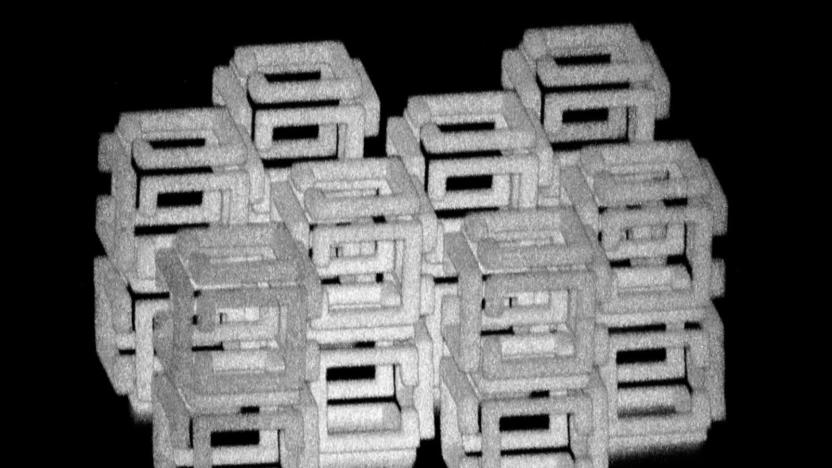
MIT can shrink 3D objects down to nanoscale versions
It's difficult to create nanoscale 3D objects. The techniques either tend to be slow (such as stacking layers of 2D etchings) or are limited to specific materials and shapes. MIT researchers might have a better way -- they've devised a technique for making nanoscale versions of 3D objects using a wide variety of materials and shapes. The team ultimately reversed a process for imaging brain tissue, whittling a relatively large object down to a creation one thousandth its original size.
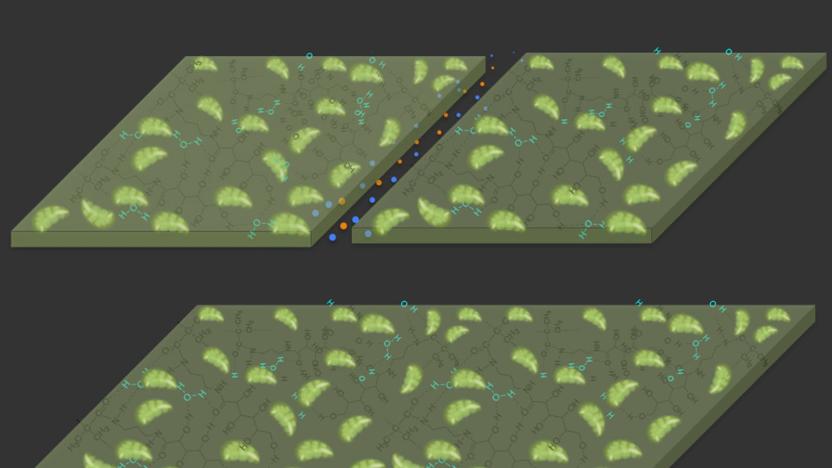
Self-repairing material plucks carbon from the air
Scientists might have a particularly clever way to help the environment: they've developed a material that can not only heal itself, but could reduce CO2 levels in the process. The substance uses its combination of a gel-like polymer with chloroplasts (cell elements that handle photosynthesis in plants) to grow by snatching carbon from the air after exposure to light. If you cracked or scratched an already-solidified piece of this material, the newly exposed sides would promptly expand and fill the gap without requiring heat, ultraviolet light or other special reactions like you see with existing self-healing products.
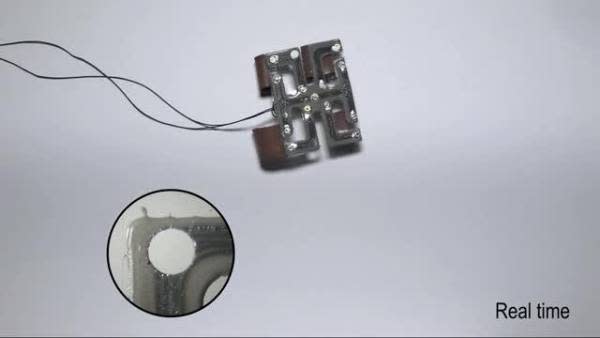
Researchers build a self-healing 'robot skin'
Most conventional androids are fairly rigid, susceptible to damage and difficult to repair. However, scientists are determined to (literally) give them thicker skins. They've experimented with soft, deformable circuits that are flexible, and could reduce business expenses in the long term -- but are still prone to tearing and puncturing. The solution to these issues may lie in one recent advancement.
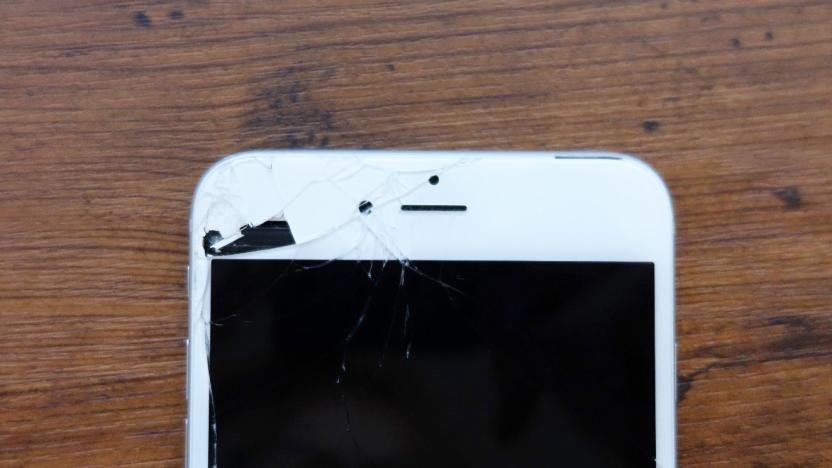
A new polymer could make phone screen repairs a thing of the past
If you've ever had to deal with a cracked smartphone screen, you know what a hassle it can be. Slapping a screen protector on it is only a stopgap until you have to have the screen replaced, which comes with a decent price tag. Now, researchers in Tokyo have discovered a new polymer that may actually heal itself, potentially leading the way to a future of self-healing phone screens.

Super-powered bacteria can harness light for fuels and plastics
Researchers have been working on improving the photosynthetic process for some time -- trying to use light to create energy but doing so in a way that's much more efficient than chlorophyll. For plants, chlorophyll works well, but to use photosynthesis to create products like fuels or polymers, we need something that works faster and generates more output. Researchers at the University of California, Berkeley have come up with a method that does just that and they're presenting their work this week at the National Meeting and Exposition of the American Chemical Society.

Plastics breakthrough could improve your car's mileage
A new thermal engineering process could make it viable to use lighter plastic product components in things such as vehicles, LEDs and computers. Until now, the material has been overlooked for certain applications because of its limitations in dissipating heat, but scientists from the University of Michigan have found a way to change plastic's molecular structure, making it as thermally conductive as glass. This advanced plastic could make products lighter, cheaper and more energy-efficient, and would be particularly useful in electric vehicle manufacturing since weight has a direct bearing on range.

Light-powered 'robot' cleans while it crawls
Scientists in the UK and Netherlands have developed the first-ever device that can "walk" along like a caterpillar using a single, constant light source for power. The concept is clever: A polymer material is installed in a frame shorter than itself to create a bulge. By shining a concentrated, violet LED on the front of the bulge, it contracts, exposing the next part of the strip to the light. That creates a continuous, relatively powerful movement that could be used to "transport small items in hard-to-reach places or to keep the surfaces of solar cells clean," the team says.
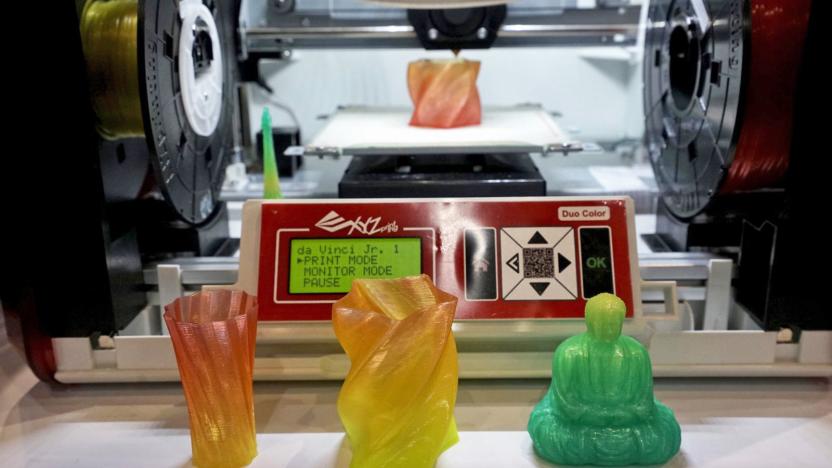
MIT wants you to change 3D-printed objects after you make them
When you 3D-print an object, that's usually all she wrote -- the polymers "die" and prevent you from either adding to your creation or altering its properties. However, things might not be set in stone (or rather, plastic) for not much longer. MIT researchers have developed a method that lets you modify polymers and mess with your original creation. The key is to create accordion-like 'living' polymers that stretch when you expose them to blue LEDs, giving you a chance to alter their properties. You could fuse objects together, soften them, or even alter their water resistance.
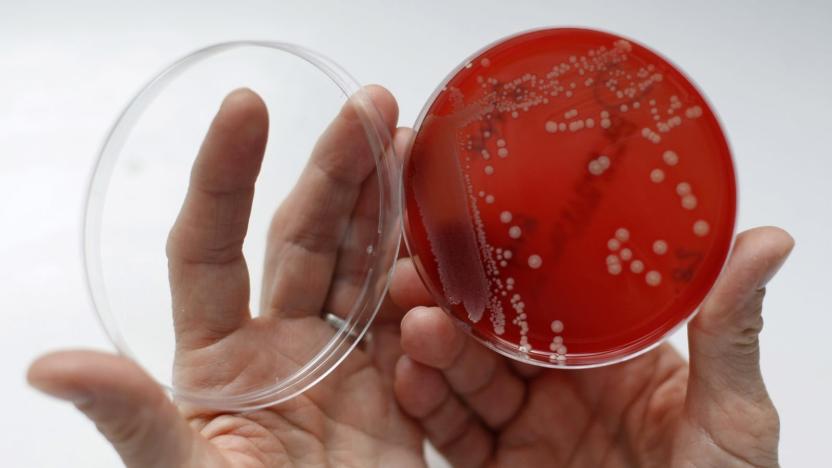
Artificial molecules fight drug-resistant 'superbugs'
Scientists are clearly picking up the pace in their quest to kill antibiotic-resistant "superbugs." Teams at the Universty of Melbourne and UT Southwestern Medical Center have developed composite molecules that overcome the defenses of stubborn bacteria, promising treatment for illnesses that have built up their immunity over the years.

Google tests a cleaner look for Search
Google has begun to test a new Material Design layout for its desktop search results. The company introduced Material Design in 2014 at its annual I/O conference during its Android Lollipop unveil, promising to spread the new grid-based look across Android, Chrome OS and the web. It's... taken a while to get there, and arguably the most important of Google's web properties -- YouTube and Search - still haven't made the switch. Last month, Google began testing a fresh look for its video streaming site, and now, we're beginning to see that familiar grid of floating cards show up in google.com search results.

Researchers develop a polymer sponge to repair broken backs
Researchers at the Mayo Clinic have developed a novel spinal graft that automatically "grows" to the requisite size and shape when implanted. The spongy polymer isn't meant to be a formal replacement like the 3D printed neck bones recently installed by a team from the Prince of Wales Hospital in Sydney. Instead, it's designed to act as a bone graft -- a biodegradable scaffold through which a cancer patient's own bones can regrow after surgery.
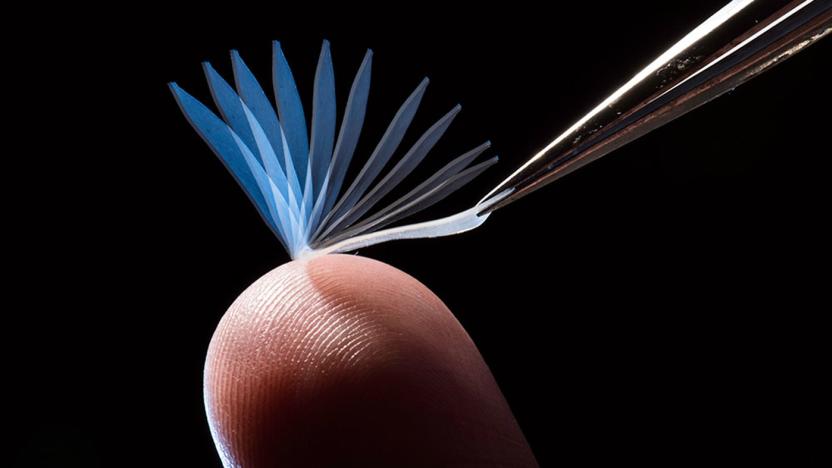
Shape-shifting polymer straightens out from body heat
There have been plenty of tries at shape-changing materials, but this one might be the most practical yet. The University of Rochester has created a polymer that returns to its original shape when subjected to body heat -- touch a curled mess of the stuff and it straightens out. The solution was to attach polymer strands using molecular links that inhibit crystallization, which prevents the polymer from returning back to its original shape. When you tweak the number and substances of the links, you can customize the temperature where that reversion happens (in this case, just below normal body temperature).

Scientists figure out how to create affordable smart windows
Imagine having the power to tweak your windows' opacity depending on the weather. That's one application a group of MIT scientists believe they've made possible by conjuring up an equation that can predict how light goes through a rubber-like polymer structure. The rubbery material they used called polydimethylsiloxane has dark regions when at rest but gets more and more transparent as you stretch it. One of the researchers, Francisco López Jiménez, says the decision to undertake the project was a happy accident. "We were just playing with the material, and we soon got interested in how we can predict this and get the numbers right."

This color-changing polymer warns of tiny damage you can't see
Tiny cracks can actually be a big deal when they're forming inside parts of your car or, say, a metal shell that's flying into space. University of Illinois research, led by Professors Nancy Sottos and Scott White, has lead to a polymer coating that could be an important early warning system, making it easier to find trouble spots before something really bad happens. When cracks form in the polymer, micro-beads also crack open, causing a chemical reaction that visibly highlights the damage with color. The capsules are pH sensitive, meaning any damage will cause a strong color change, from yellow to red, with no additional chemicals needed. Deeper, more serious, scratches and damage will create stronger hues of red as more capsules break open.

Scientists make an artificial heart out of foam
Artificial hearts only kinda-sorta behave like the real thing. They pump blood, sure, but they're typically solid blocks of machinery that are out of place in a squishy human body. Cornell University thinks it can do better, though: its scientists have developed an artificial foam heart that imitates both the functions and shape of its fleshy counterpart. The key is a new polymer that can be poured into specific shapes, and has pores that let it pump fluids. It's not only soft and stretchable, but more efficient -- you don't need much energy to get liquids moving.

Watch this self-healing material handle a bullet
NASA-funded research has created a material that could self-heal in seconds. Two layers of solid polymer sandwich a gel that with an ingredient that solidifies on contact with air (i.e. when one or both of the outer layers is damaged). This differs from other approaches that rely on a mostly-liquid compound, or similar, slower techniques. The protective applications in space craft (like the ISS) are obvious, and could add a vital line of defense against dangerous debris. The ISS already has shields to protect it, but reactive armour in the event of damage would be even more reassuring. Back down here on earth, the same material could be used in cars, pips, containers and even phones (beyond scratches). Watch the material get shot and self-heal in the video below.

Color-changing helmets could warn you about head injuries
Head injuries can be particularly sinister -- unless it's obvious that you took a bad blow, you might not get the help you need in time to mitigate the damage. University of Pennsylvania scientists may have an easy way to raise the red flag when you're hurt, however. They've crafted a polymer that changes color depending on the amount of force, giving anyone around you a sign that you've suffered some trauma. The key was to use holographic lithography to create photonic crystals whose structures change color when they deform. They don't require any power to work, and they're light enough that you could apply them to a helmet without noticing a significant weight difference.

Flexible fiber implants treat your brain without hurting it
Brain implants are limited right now -- they typically measure just one thing at a time, and their stiff wiring can wreck tissue if the device stays in place for long enough. Neither of those problems will matter if MIT's flexible fiber implant becomes a practical reality, though. The school's researchers have developed very thin (almost nanoscale), flexible polymer fibers that have customizable channels for carrying chemicals, electricity and light. These strands could not only treat a patient with drugs and light stimulation, but measure the response with electrodes; you'd know whether or not your medicine is working. The bendy, unintrusive design should also be safe for your body, making it possible to tackle long-term illnesses.











